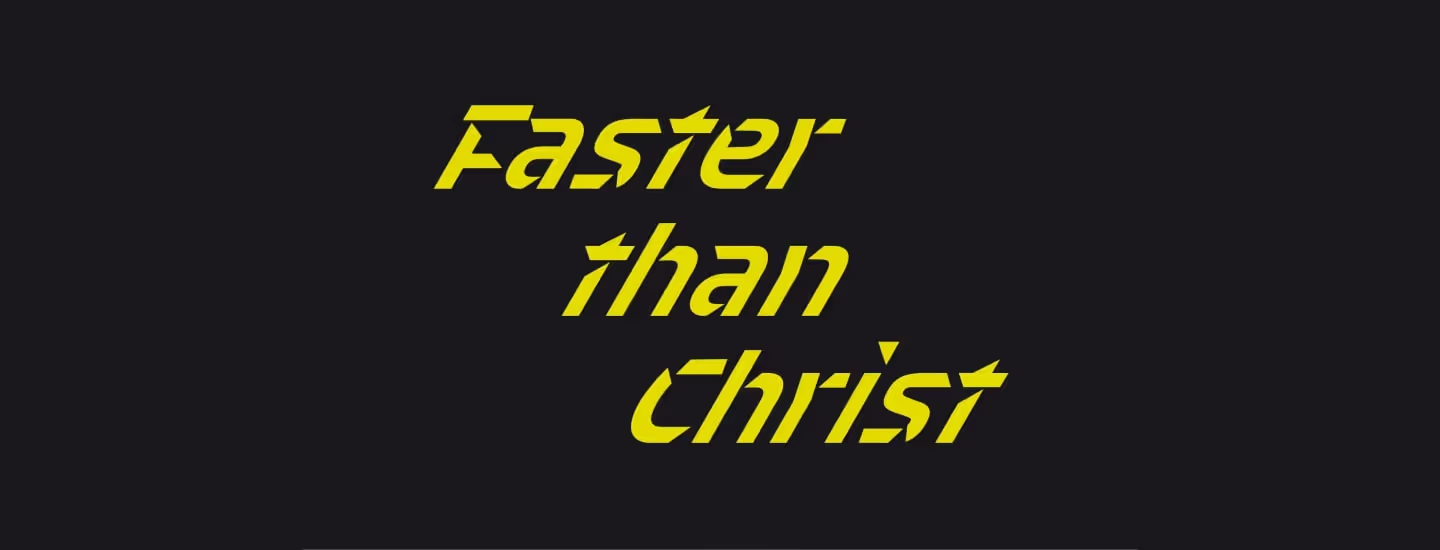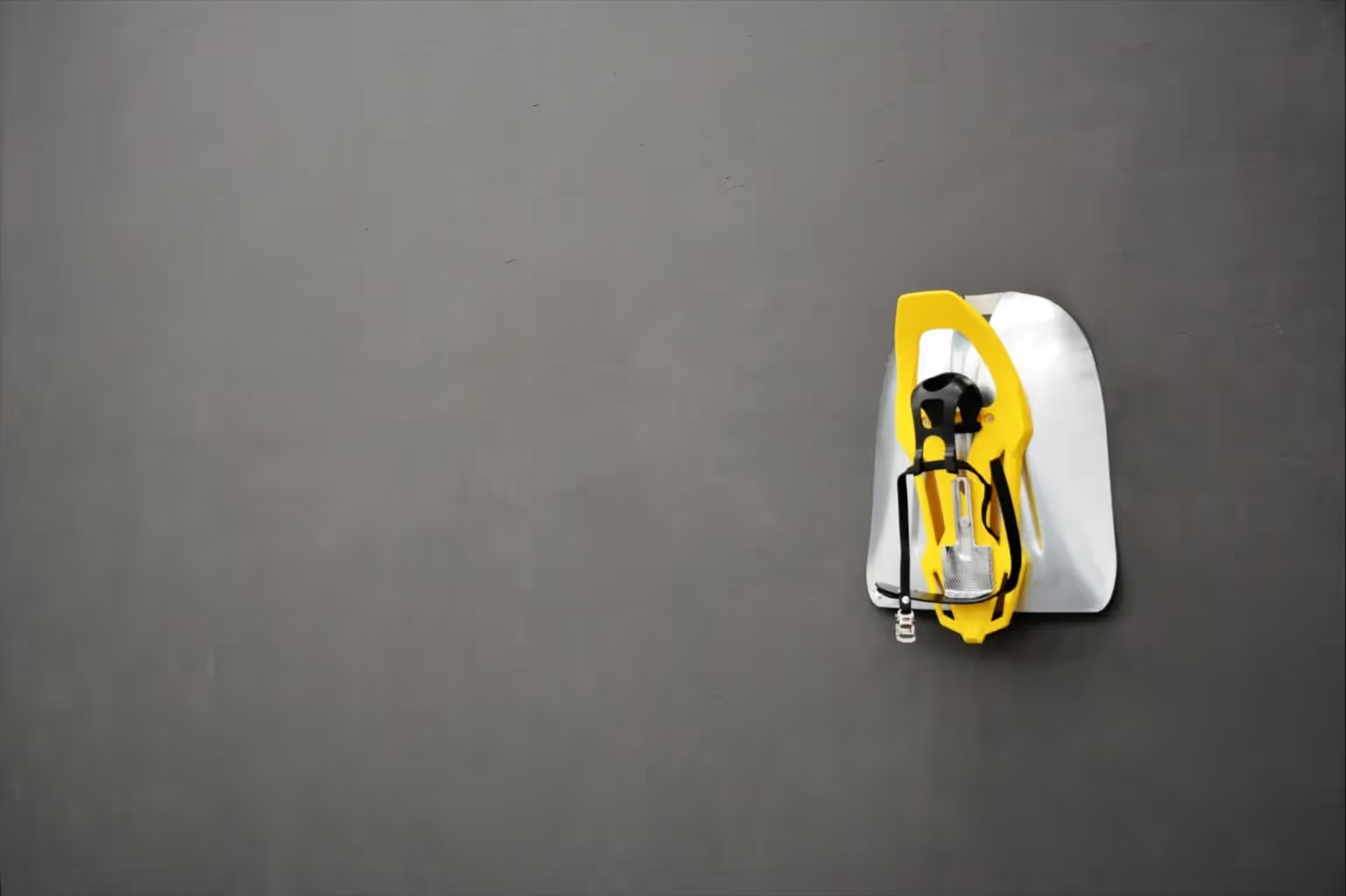
Faster than Christ
Franco Ariaudo
Franco Ariaudo's project "Faster than Christ" is part of a broader exploration that the artist has undertaken regarding certain scenarios of the "possible" and their influence on our perception of reality, or what we presume to be reality. The initial phase of this research began in 2017 when the artist spent a period of residency on the Ukrainian island of Biruchiy. This location is known for its highly evocative landscape, immersed in the Sea of Azov, which is said to be shallow enough to walk across.
Starting with a series of drawings, artifacts, and actions inspired by the picturesque setting of this captivating place, the project initially took the form of an object-book titled "Basilisk or How to run on water." This book explored, from multidisciplinary perspectives, the practice of running on water and its motivational potential in the face of human and post-human challenges. Displayed in the project-book space of Colli independent art gallery's basement, this book marked the beginning of the "Faster than Christ" exhibition, a sculptural extension of the project. As it evolved, the exhibition acquired additional layers of meaning, shifting the focus from biblical to socio-anthropological and cultural domains.
In response to the diversification of various "muscularization" practices, where an increasing number of gyms offer tailor-made programs to achieve different goals, new urban sports facilities have emerged, generating a new diversity of spaces dedicated to these activities. In this sense, the exhibition is conceived as a real, albeit imaginary environment, a staging of a training center for a new practice of running on water. The "techno-gym" prototypes serve as potential tools encouraging experimentation with this peculiar activity.
At the heart of the street-level space is the installation "PETER Mt14:31," featuring a treadmill with water flowing instead of the typical cushioned belt. This work represents the central element of the exhibition, as it demystifies the act of running on water and offers a radical change of perspective, shifting from utopian to dystopian viewpoints. Accompanied by a series of "Water Shoes" – footwear prototypes made from various beach and non-beach equipment parts, assembled in a playful and ironic DIY (do-it-yourself) manner – these objects are displayed on the gallery's five walls, creating an exhibition design suspended between the sacred and the irreverent. These items aim to blend the sublime with a sports aesthetic.
In a similar vein, among the materials in the basement, you can find a screen-printed image of Christ with the superimposed inscription: "Why did you doubt?" In the gospel of Matthew, this phrase is directed at the apostle Peter, who, while attempting to walk on water, had doubts and consequently failed. In this work, the phrase takes on a different, more motivational meaning, encouraging us to keep trying, despite the various (failed) attempts, again and again until we succeed. Because, in the end, it's a matter of training as well as faith.
In the face of numerous social and technological transformations, Franco Ariaudo's project emphasizes audacity and the need to dare as a fundamental element in confronting challenges, whether possible or not. An apparently romantic idea of faith and hope coexists with a practical view of reality, reflecting on the contradictions of capitalist society: the natural and the artificial, the material and the spiritual, the pragmatic and the utopian. By radically changing the perspective, this project lays the groundwork for a broader discussion on the challenge of transforming everything that seems impossible into something at least plausible, simply by shifting one's viewpoint. It destabilizes the very notion and perceptual boundaries, serving as a form of inquiry (and resistance) in relation to reality.
Michelangelo once said, "The greatest danger for most of us lies not in setting our aim too high and falling short; but in setting our aim too low and achieving our mark." Perhaps it's time to raise the bar?
The exhibition "Faster than Christ" is accompanied by the artist's book "Basilisk or How to run on water," published by the COLLI publishing platform with Viaindustriae publishing and featuring graphic design by Friends Make Books. The typographic font used in the exhibited works is "Sporty," by Alessio D'Ellena.








.png)